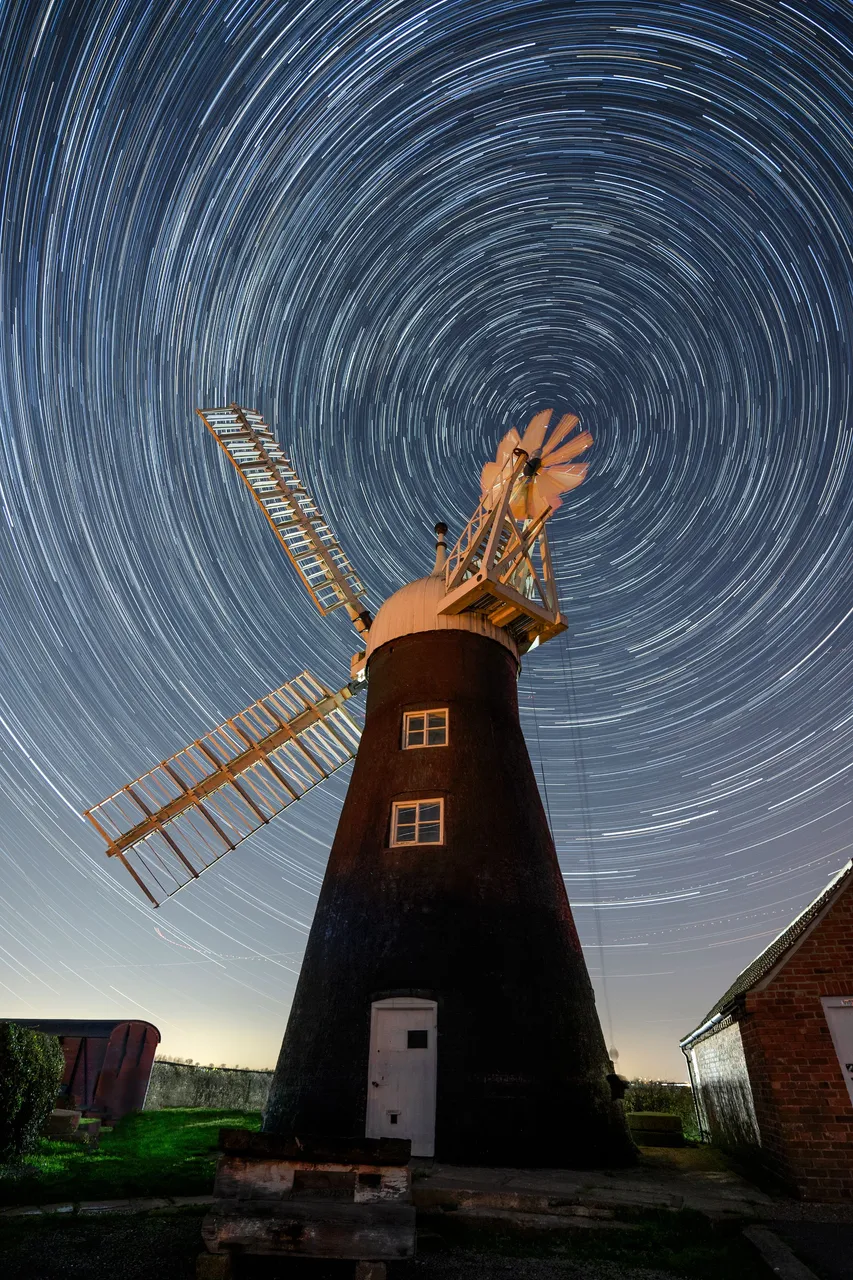Tonight for the 2nd night in a row it was clear in the skies around my area. This rarely happens in my part of the world so I jumped at the chance to go out and test my new Sony A7iii.
Tonight was an exercise to test out the ISO invariance feature on the sensor. This is something I'd heard about but only recently was able to afford a camera capable of ISO invariance thanks to the Hive. (This place has given me the means for which I'm thankful for!)
ISO invariance is a feature on the camera's sensor where shooting at say ISO640 has the same noise levels as shooting at ISO3200. Really useful for my obsession in the dark!
The key thing with ISO invariance is to shoot at as low an ISO within the invariance range which starts from ISO640 on my Sony A7iii. This "lower" ISO will then yield a greater dynamic range when being processed in Photoshop. If you were to shoot at ISO3200, the noise levels will be the same but the dynamic range will be lower than at ISO640.
With this invariance and dynamic range in mind, I set out to shoot North Leverton Windmill again. The mill itself has a dark exterior which normally proves a challenge for me. In the past, I've lit it with flashlights and tried to make a feature of it but lately I've preferred to let the subject naturally expose itself against the surroundings.
North Leverton Windmill facing Polaris
For this shot I aligned the camera with Polaris (aka The North Star) towards the end of the tail fin of the mill. I took a few test shots then once satisfied I set the camera going on a 150 shot 25 second sequence with a 1 second gap between each exposure. I set the ISO to 640 to prove how effective the ISO invariance would be.
Once back in front of my PC at home, I processed all 150 images by opening all the images as a "stack" in Photoshop then selected all of the images at once and used a Lighten Blend mode to stack them all together. Once I got rid of most of the plane trails, I "flatten" the image to one layer.
One of the things I tried this evening in Lightroom was to open all the images and make adjustments to one file which is then duplicated to all 150 images. I found that on exporting all 150 as TIFF files, each file ended up being 150mb each. This had a somewhat warming effect on my PC when the damn thing overheated trying to process that lot.
I gave up trying to save them all as TIFF's and stuck to my usual method for star stacking images. The idea behind saving as TIFF's was to see the effect of how much detail I could pull out of the shadows but as it turned out I didn't need to. The flattened image still had plenty of dynamic range and this is the result:

When shooting this star trail sequence, the original files more or less straight out of camera looked like this:

As you look at the sample shot above, you'd be forgiven for thinking you might have underexposed the image. But the amount of dynamic range is amazing on the Sony A7iii.
I think I'll be posting many more images of stars and trails very soon. Can't wait!
About me:
I usually specialise in shooting lightpainting images but occasionally dabble in urbex and artistic model photography. I'm always on the lookout for someone to collaborate with; please don't hesitate to get in touch if you'd like to create art.
Social Media
https://www.facebook.com/fastchrisuk
https://www.flickr.com/photos/fastchris/